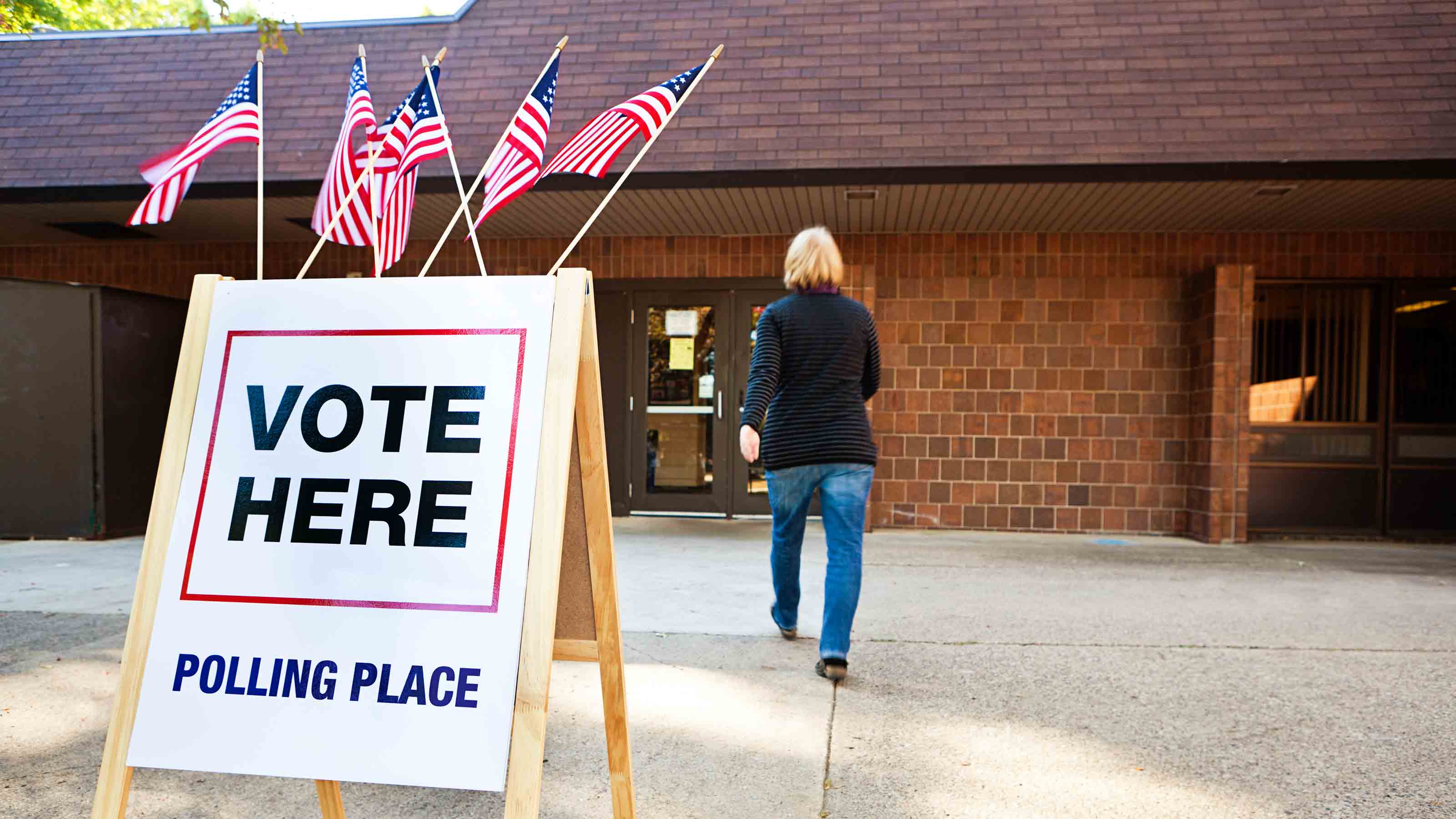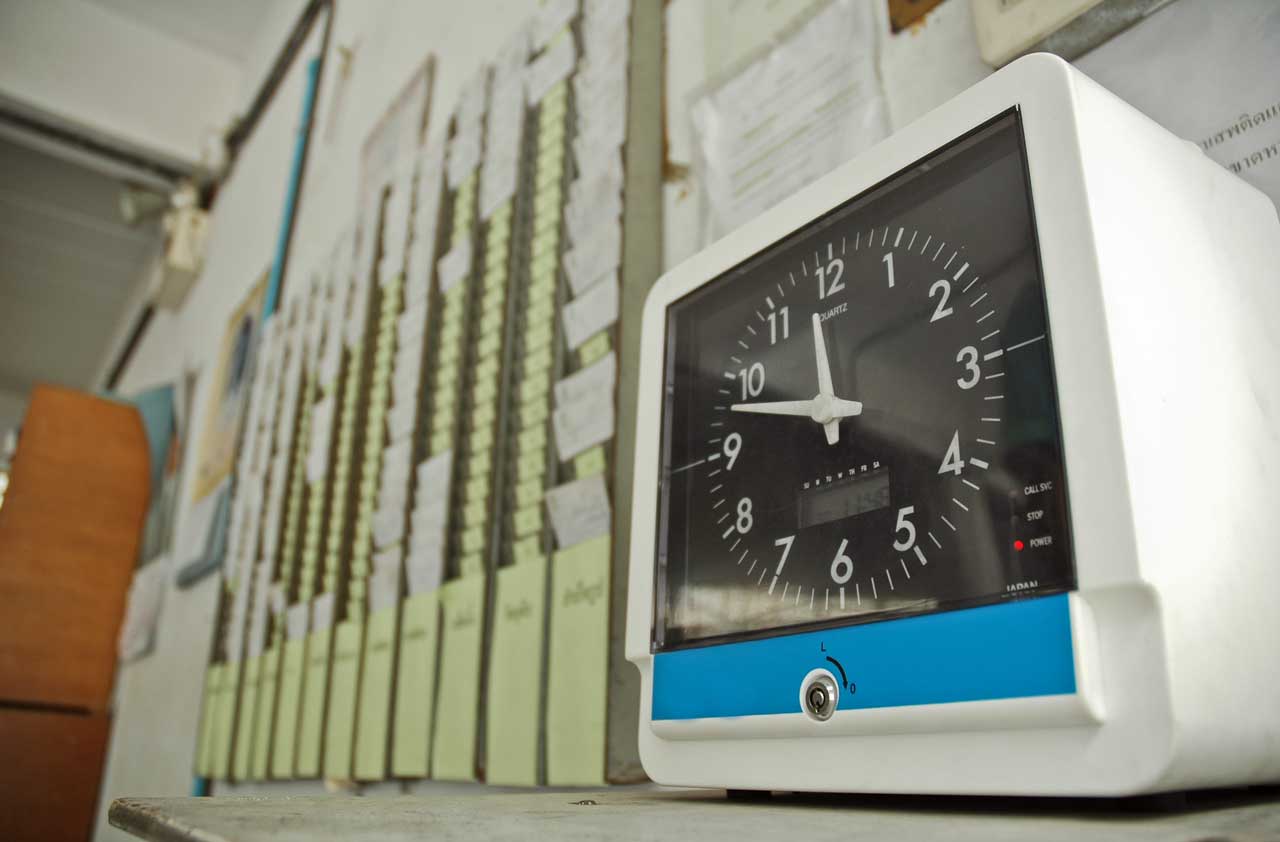Kiplinger's 2020 Election Forecast
For nearly a century, The Kiplinger Letter has forecasted the outcome of presidential elections to keep readers informed of what's coming and what it means for them. Here's our call for 2020.

The presidential election is days away. The likely winner: Joe Biden.
That’s not an endorsement. It’s just how we see this race shaping up as Biden and President Trump deliver their closing arguments to the American people. (For valuable business, investing, and political insight and forecasts every week, rely on The Kiplinger Letter. Check out a free sample issue, no information required from you.)
Reminder: The winning presidential candidate needs 270 electoral votes. So far, Biden is favored to win 290. We expect him to flip Arizona, Michigan, Pennsylvania and Wisconsin, while holding all the states Democrat Hillary Clinton won four years ago. Odds favor him picking up an extra electoral vote in Nebraska (more on that below).
From just $107.88 $24.99 for Kiplinger Personal Finance
Become a smarter, better informed investor. Subscribe from just $107.88 $24.99, plus get up to 4 Special Issues

Sign up for Kiplinger’s Free Newsletters
Profit and prosper with the best of expert advice on investing, taxes, retirement, personal finance and more - straight to your e-mail.
Profit and prosper with the best of expert advice - straight to your e-mail.
The worst sign for Trump: He’s playing defense in states he needs to win. 85 electoral votes are up for grabs -- those in Florida, Georgia, Iowa, North Carolina and Ohio, plus one in Maine (which, like Nebraska, awards some of its EVs by congressional district). Trump must win them all, plus nab at least two states that now lean Biden... tough, but doable. Polls in Arizona and Pennsylvania, for example, point to potentially tight races.
The president managed to pull this off in 2016. It will be harder this time. Democrats are more fired-up, boosting turnout among the party faithful. Biden is doing well with independents, white women and seniors, all groups that Trump won in 2016, but some of whom have soured on him over four years.
And there are fewer undecided voters this time around, reducing the odds of a late surge in Trump’s favor, like the one that powered him to victory in 2016.
Could the race change? Yes. Biden must contend with his own liabilities, including ambivalence among younger voters and his son’s sketchy lobbying activities. But to win a second term, Trump needs a lot of things to go right... and fast.
Swing-States Forecast
The president faces tough odds in a couple of key states:
- Wisconsin, which he won by a slim margin in 2016, thanks to strong support from white working-class voters. Democrat Hillary Clinton lost Wisconsin in 2016 largely because black voters stayed home in larger numbers than normal. In our final tour of battleground states, we saw more enthusiasm in Wisconsin for Biden this time around, though nothing like the support for former President Barack Obama in 2008 and 2012.
- Minnesota. Trump fell just short there in 2016 and is hoping to flip it in 2020. In rural Minnesota, Trump support is strong but not unanimous, while he is losing ground in some of the state’s fastest-growing suburban areas, a recurring theme nationwide.

Trump's Path to Victory in 2020?
So what is Trump’s best path to victory? First, he needs all the toss-ups that we identify on our map -- Florida, Georgia, Iowa, North Carolina, Ohio -- to go his way. Losing any of them would make his task truly daunting. Winning all of them gets him within striking distance of 270 Electoral College votes. At that point, he’ll need to pick off a couple of states Biden appears to be winning. That’s possible, if some of the state polls turn out to be as bad in 2020 as they were in some of the states that unexpectedly powered him to victory in 2016.
Or logistical snafus may shift a Biden-leaning state his way. In some states, the huge increase in voting by mail is going to pose problems for voters. Some ballots will inevitably get rejected because the voters didn’t follow the instructions, for instance.
And there’s always the chance of a late-October surprise that flips the race. Whether it’s the odd Hunter Biden laptop story or something else, we just don’t know. (For valuable business, investing, and political insight and forecasts every week, rely on The Kiplinger Letter. Check out a free sample issue, no information required from you.)
2020 Election Forecast for the House and Senate
With all eyes on the race for the White House, don’t forget about Capitol Hill.
Democrats have a good shot at regaining control of the Senate. To do so, they need to net at least three seats if Biden wins the presidency (since vice presidents cast deciding votes when the Senate is tied), or four seats if Trump wins reelection. Given the many races where the Democrat is leading, a four-seat gain looks likely. But they’ll fall well short of the 60 seats needed to overcome filibusters of legislation.
Senate Democratic candidates have bulging campaign coffers, an advantage that is helping them blanket the airwaves with ads in the closing weeks of the race. The party has recruited more-competitive candidates this cycle.
Republicans are playing defense in states they would normally win easily, such as South Carolina and Georgia. Competing in those states siphons money from the swing states.
On the House side, expect Democrats to hold the majority or even add seats. Again, they have the fund-raising edge and are making inroads in suburban districts.
Our Forecasting Methods
Readers sometimes ask: What are The Kiplinger Letter's election forecasts based on?
Polls, yes. But not just a straight reading of the polls. Some are better than others, in our view and in the view of experts we consult. So, some polls get more weighting than others, some get less, and some get thrown out. Deciding which ones to pay the most attention to is part science, part art. (After 2016, if most polls are off this year, pollsters will be looking for new jobs.)
Then, beyond the polls: Our reporters talk with many people. Some are experts on polling or longtime observers of presidential campaigns. Some are contacts from our regular reporting who happen to live in battleground states...not politicos, but smart, informed citizens who share their local observations with us.
Most important, we conduct our own reporting in swing states, talking to voters wherever we can, plus local political scientists, journalists who know the area, etc. Polls can tell you only so much. There is no substitute for knocking on doors, asking regular folks for their candid opinions. Our team covered hundreds of miles across six states in recent weeks, talking to whomever we could along the way, counting yard signs, listening to local radio…anything to get a feel for the race.(For valuable business, investing, and political insight and forecasts every week, rely on The Kiplinger Letter. Check out a free sample issue, no information required from you.)
Profit and prosper with the best of Kiplinger's advice on investing, taxes, retirement, personal finance and much more. Delivered daily. Enter your email in the box and click Sign Me Up.
-
 Dow Hits New High Then Falls 466 Points: Stock Market Today
Dow Hits New High Then Falls 466 Points: Stock Market TodayThe Nasdaq Composite, with a little help from tech's friends, rises to within 300 points of its own new all-time high.
-
 The Best Vanguard Bond Funds to Buy
The Best Vanguard Bond Funds to BuyInvestors seeking the best Vanguard bond funds can pick between mutual funds and ETFs spanning maturities, credit qualities, tax treatment and geographies.
-
 Are You Afraid of an IRS Audit? 8 Ways to Beat Tax Audit Anxiety
Are You Afraid of an IRS Audit? 8 Ways to Beat Tax Audit AnxietyTax Season Tax audit anxiety is like a wild beast. Here’s how you can help tame it.
-
 How the GOP Tax Bill May Affect Businesses
How the GOP Tax Bill May Affect BusinessesBusiness Costs & Regulation Corporations would enjoy a lower flat tax rate while individual owners of pass-throughs would also see a lower rate, but with more complex terms.
-
 The Long Slog in Congress After Comey
The Long Slog in Congress After ComeyPolitics Trump's firing of the FBI director ruffled congressional feathers, but not enough to spur an independent investigation into Russian meddling in the 2016 U.S. election.
-
 Trump’s Tax Reform Plan Faces Tough Challenges
Trump’s Tax Reform Plan Faces Tough ChallengesPolitics A one-page outline isn't enough to satisfy a Congress interested in the details — and protecting constituents.
-
 Trump's Agenda and Challenges
Trump's Agenda and ChallengesPolitics What lies ahead for the President-Elect.
-
 Clinton on Track to Win 2016 Presidential Election
Clinton on Track to Win 2016 Presidential ElectionPolitics Trump can win the White House, but faces an uphill climb.
-
 New Overtime Rules Will Hit Businesses This Year
New Overtime Rules Will Hit Businesses This YearBusiness Costs & Regulation A change in salary threshold will make more workers eligible for extra pay.
-
 Bumpy Road Ahead in 2016 Presidential Race
Bumpy Road Ahead in 2016 Presidential RacePolitics Trump will get a bounce after the Republican convention, but Clinton is poised to regain ground.
-
 Why Trump Will Win the GOP Presidential Nomination
Why Trump Will Win the GOP Presidential NominationPolitics Republican leaders worry he will hand the White House to Hillary Clinton, but they waited too long to try to stop him.